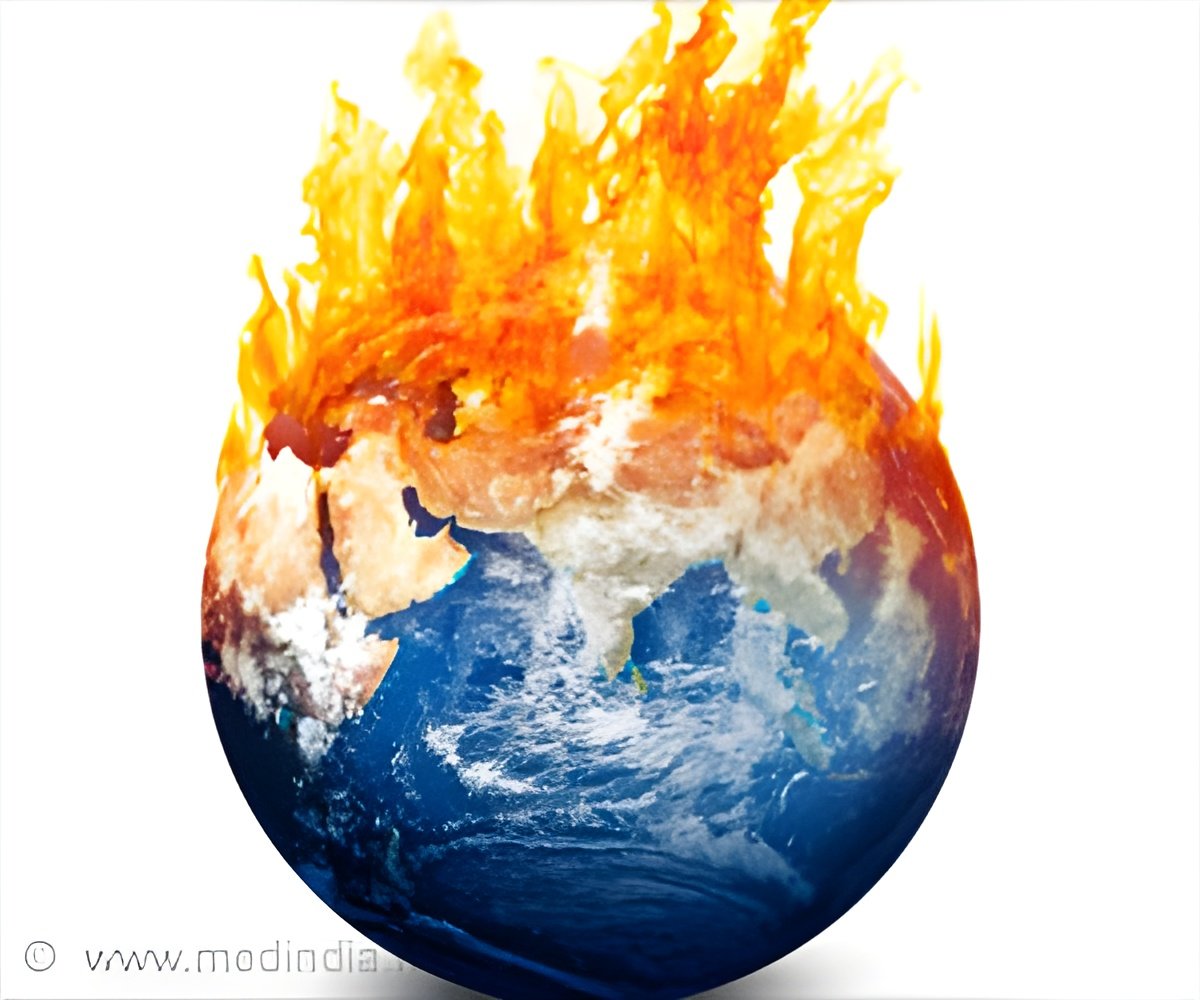
"Our research has shown climate models indicating a low temperature response to a doubling of carbon dioxide from pre-industrial times are not reproducing the correct processes that lead to cloud formation," said Steven Sherwood, lead author from University of New South Wales' Centre of Excellence for Climate System Science.
"When the processes are correct in the climate models, the level of climate sensitivity is far higher. Previously, estimates of the sensitivity of global temperature to doubling of carbon dioxide ranged from 1.5 degree Celsius to 5 degree Celsius. This new research takes away the lower end of climate sensitivity estimates, meaning that global average temperatures will increase by 3 degree Celsius to 5 degree Celsius with a doubling of carbon dioxide," added Sherwood.
Rises in global average temperatures of this magnitude would have profound impacts on the world and the economies of many countries if the world doesn't urgently start to curb emissions, said the study that appeared in the journal Nature.
The researchers found that when water vapour is taken up by the atmosphere through evaporation, updraughts - strong upward air currents - can either rise to 15 km to form clouds that produce heavy rains or rise just a few km before returning to the surface without forming rain clouds.
When updraughts rise only a few km, they reduce total cloud cover because they pull more vapour away from the higher cloud forming regions, said the study. However, it added, that water vapour is not pulled away from cloud forming regions when only deep 15 km updraughts are present.
Advertisement
When they matched climate models with real world observations, the models produced cycles that took water vapour to a wider range of heights in the atmosphere, causing fewer clouds to form as the climate warmed.
Advertisement
"Climate sceptics like to criticise climate models for getting things wrong, and we are the first to admit they are not perfect, but what we are finding is that the mistakes are being made by those models which predict less warming, not those that predict more," said Sherwood.
Source-IANS









